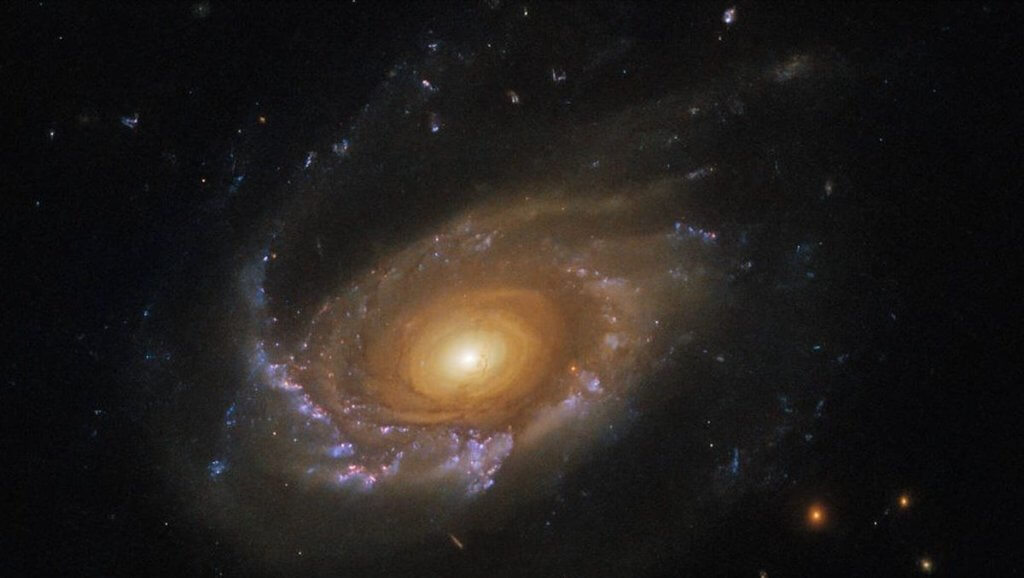
Hubble captures starry tentacles of faraway ‘jellyfish galaxy’ in stunning detail (photo) (Image Credit: Space.com)

A faraway galaxy’s cosmic tentacles are on full display in a gorgeous new image captured by NASA’s Hubble Space Telescope.
The Hubble snapshot reveals a deceptively serene “jellyfish galaxy” called JW39, which lies over 900 million light-years from Earth in the constellation Coma Berenices.
The JW39 galaxy, which is known for its distinct tentacle-like tails and hosts a supermassive black hole at its center just like the Milky Way does, is regularly distorted by the gravitational pull of numerous other galaxies that share its cosmic neighborhood.
Related: The best Hubble Space Telescope images of all time!
The space between galaxies in the cluster is not empty. Instead, it is filled with superheated plasma through which galaxies wade, much “like swimmers fighting against a current,” NASA officials wrote in an image description published on Friday (May 26).
Like many galaxy clusters, JW39 and its neighbor galaxies experience the intergalactic gas as a headwind, which when strong enough overcomes the galaxies’ gravitational influence and strips them of their gas and dust, thereby forming the tentacle-like structures.
JW39 is one of many galaxies in clusters across the universe that encounter this process, known as ram-pressure stripping, which reduces the amounts of gas and dust within galaxies. Without the cosmic ingredients to birth new stars, the galaxies eventually cease stellar production and turn into galactic burnouts.
Such stripping is one of the mechanisms because of which galaxies in clusters, like JW39, hit their peak of star formation early on and stop forming stars sooner than their isolated counterparts elsewhere in the universe.
Follow Sharmila Kuthunur on Twitter @skuthunur. Follow us @Spacedotcom, or on Facebook and Instagram.
While the black hole has yet to be confirmed, current models show that such a single, compact region of high mass cannot be formed with other processes. Vitral’s team carried out numerical simulations to see if the mass of 800 suns could be created by a group of black holes or soon-to-be black holes like neutron stars or white dwarfs, and found that what Hubble spotted is more compact than what the simulations are able to produce.
“If the object isn’t a single intermediate-mass black hole, it would require an estimated 40 smaller black holes crammed into a space only one-tenth of a light-year across to produce the observed stellar motions,” team members wrote in the same statement. “The consequences are that they would merge and/or be ejected in a game of interstellar pinball.”





